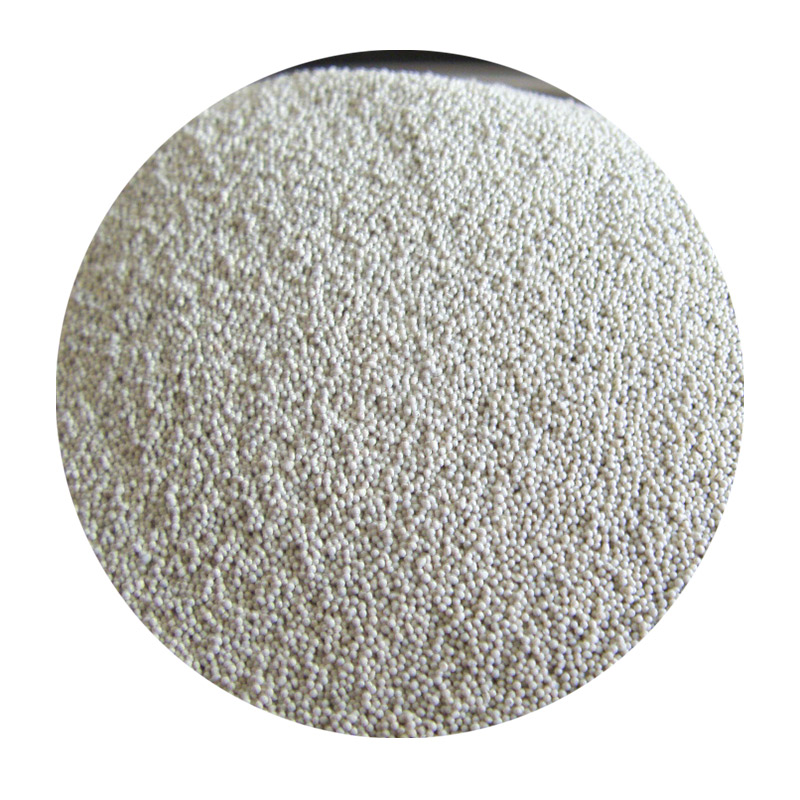How to Sand 3D Prints A Comprehensive Guide
Sanding is a critical process for enhancing the surface quality of 3D printed objects. Whether you’re looking to achieve a smooth finish for aesthetic purposes or to prepare a model for painting, proper sanding techniques can dramatically elevate your project. In this guide, we'll explore the steps and best practices for sanding 3D prints effectively.
1. Choose the Right Materials
Before you begin sanding, gather the necessary materials. You will need a variety of sandpaper grits—starting with a lower grit (around 80 to 120) for initial shaping and removing substantial imperfections, and progressing to higher grits (up to 400 or 600) for finishing touches. Additionally, consider using sanding sponges or blocks for more controlled sanding, as well as a dust mask and safety goggles to protect yourself from fine particles.
2. Prepare the 3D Print
Inspect your 3D print for any visible defects like layer lines, blobs, or stringing. If the object has supports, remove them carefully using pliers or a hobby knife to avoid damaging the model. Clean the surface of your print to remove any dust or debris that may interfere with sanding. It's also helpful to slightly warm the print with a heat gun, particularly for materials like PLA, as this can make the plastic softer and easier to sand.
3. Start with Coarse Grit Sandpaper
Begin sanding your print with the coarse grit sandpaper. Focus on the areas with the most significant imperfections and work in small circular motions to ensure even abrasion. Don't apply too much pressure, as excessive force can lead to unwanted gouges in the surface. Instead, let the sandpaper do the work for you. Keep checking your progress frequently to avoid oversanding any particular area.
how to sand 3d print

4. Progress to Finer Grains
Once the major imperfections are sanded down, gradually switch to finer grits of sandpaper. Move to 220 grit and work your way up to 400 or even 600 grit for a smoother finish. The goal at this stage is to refine the surface and eliminate the scratches left by the coarser grits. During this process, remember to sand in different directions to maintain an even finish.
5. Wet Sanding for a Smoother Finish
For even better results, consider wet sanding. This technique involves wetting the sandpaper or the print surface to reduce dust and achieve a smoother finish. Wet sanding can prevent the sandpaper from clogging and allows for finer results, particularly on plastics. Just ensure that the 3D print is water-resistant if you choose this method.
6. Final Touches and Cleaning
After achieving the desired smoothness, clean your print with a soft cloth to remove any sanding dust. You may notice that your model now has a matte finish; if you plan to paint it, this is an excellent time to do so. Otherwise, you can apply a layer of clear coat for added protection and shine.
In conclusion, sanding is an essential technique for enhancing the appearance and feel of 3D printed objects. By following these steps—choosing the right materials, carefully preparing your print, and progressing through sanding grits—you can achieve beautifully finished pieces ready for any project. Happy sanding!
Post time:Aug . 29, 2024 16:23
Next:How to Sand Resin 3D Prints for a Smooth Finish
